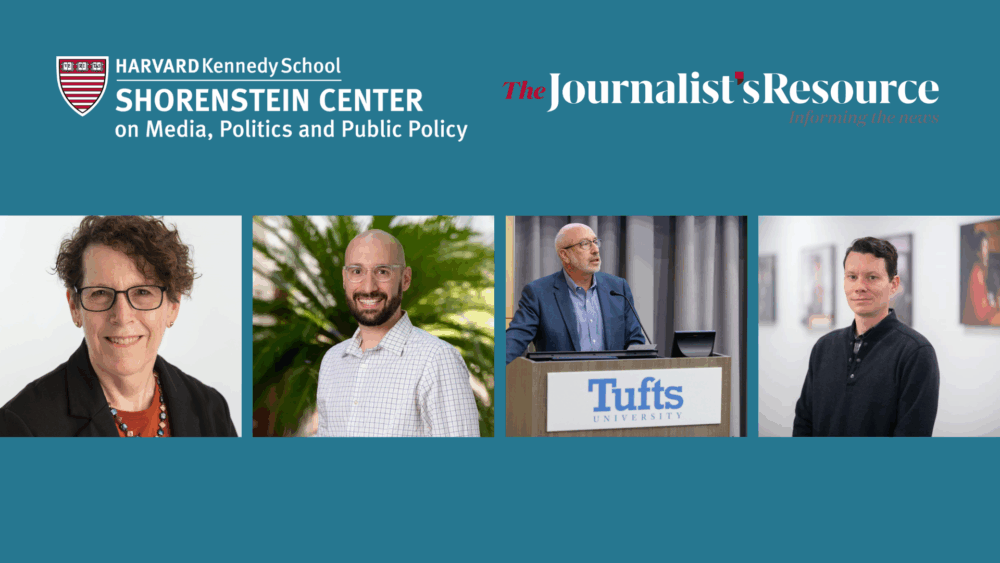
Explainers, Podcasts, Videos
Unlocked: Who controls the National Guard?
Reports & Papers
A paper by B.J. Bullert, fall 1999 fellow, examines communication tactics used by activists against multinational corporations. The 1999 World Trade Organization protests in Seattle succeeded in linking labor, environmental concerns and human rights to the WTO, resulting in a march of an estimated 40,000 people. The environmental, human rights, labor rights and sweatshop issues culminating in the protests against WTO were years in the making, and strategic public relations professionals working with grass-roots organizations and NGOs were integral in shaping them. One of their greatest successes has been in linking consumers to the producers of consumer items through the anti-sweatshop campaigns against Nike and Kathie Lee Gifford. This paper tracks the role of these public relations professionals in the shaping and defining of the sweatshop awareness movement, and it examines the campaign against Nike as a window into an emerging form of political activism suited to computer-savvy youth, lifestyle politics, global interdependency and consumer choice. Linked by email, the web, and common symbols, these political actors under the age of 30 are becoming increasingly visible players in the debate about transnational corporate responsibility.

Explainers, Podcasts, Videos

Videos

Explainers, Podcasts, Videos